Capitals of the Andalusian Regions - Almeria
We lived in Almerímar, near Almería, for almost a year, exploring the region. At that time, the blog was not even in the idea phase...
Historia Almerii
The name of the city and province of Almeria originates from the Arabic "Al-Mariyah," which means "mirror of the sea." It was given by the caliphs of southern Spain, who leveraged its eastern location in the sunniest and driest province of Andalusia to make it a bustling gateway for trade with the Maghreb and the East. Ships filled with silk, cotton, brocade, and other goods from the world of that time constantly sailed from Almeria. The city was not only crucial for trade but also because it hosted one of the strongest and most numerous fleets in the world at that time.
The advancement in shipbuilding technology inspired the first caliph of Spain, Abd ar-Rahman III, in the year 995 to make the decision to establish shipyards. This decision ultimately led to the development of advanced engineering in building robust caravels, which were used for overseas voyages, including those undertaken by Christopher Columbus, around 500 years later.
Another crucial decision made in the year 955 was the relocation of the provincial capital from the city of Pechina to Almeria and the initiation of the construction of a defensive fortress – La Alcazaba. It was erected at the central point of the city, on a hill (nowadays known as St. Christopher's). Dominating over the city, it stands as a magnificent historical relic. During its heyday, it boasted an area of 25,000 square meters and was the mightiest Arab fortress in Spain.
While on St. Christopher's Hill, it's worth taking a stroll to the Mirador del Cerro de San Cristobal, the highest viewpoint in the city. From this spot, you can admire the panoramic views of Almeria and its surroundings, including the sea, beaches, and the mountain ranges of Sierra Nevada and Sierra de Gádor.
For centuries, Almeria, like other coasts of Andalusia, struggled with pirate attacks. Additionally, the strong Christian influence displaced Arabic culture from these lands, leading to the destruction of numerous monuments and the conversion of mosques into churches. Ultimately, in 1489, the Catholic monarchs transformed the character of Alcazaba, demolishing Arabic centers of worship. In 1554, at the city's focal point, they commenced the construction of a grand cathedral.
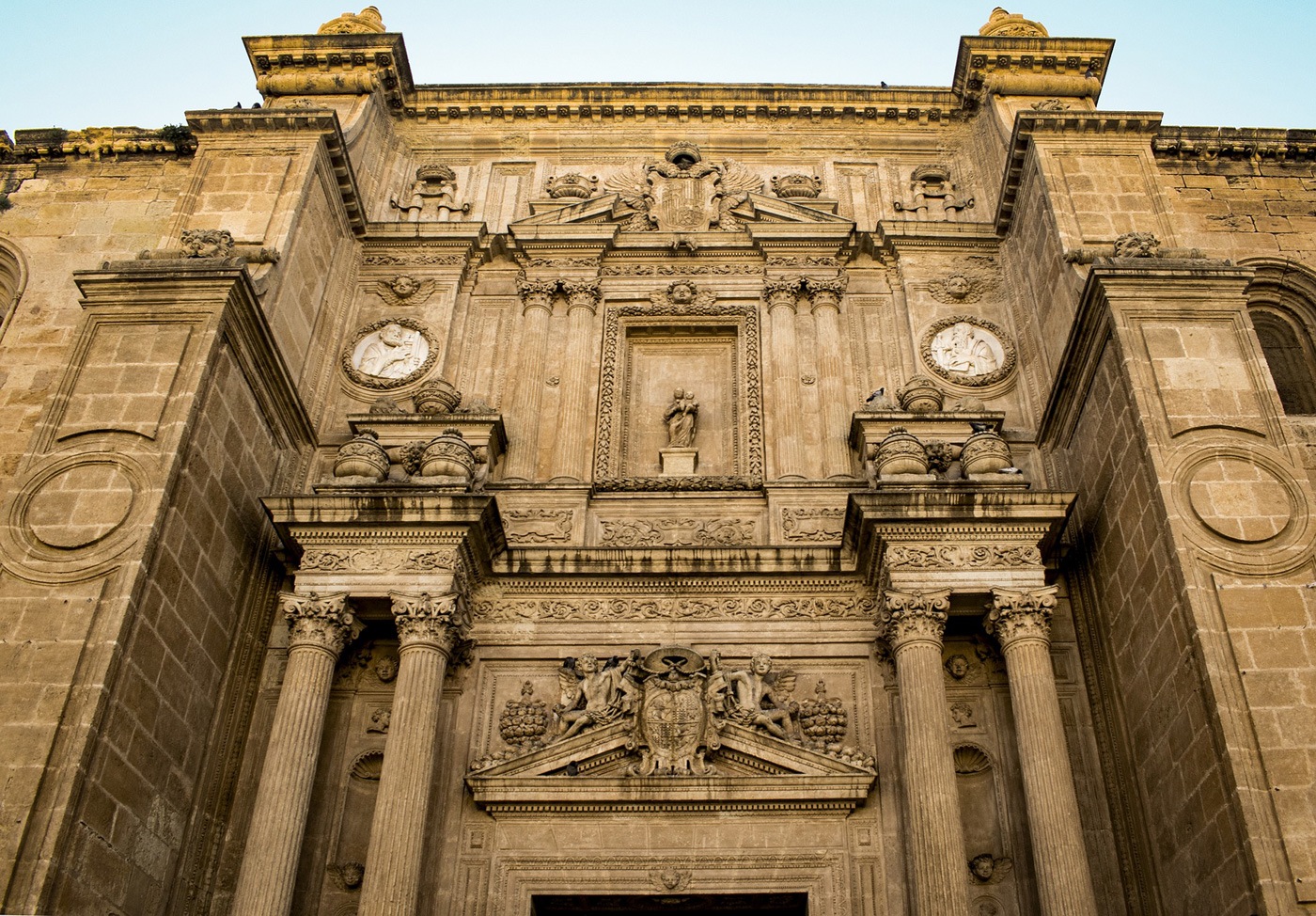
The city prospered until the year 1658 when a powerful earthquake turned the entire region into rubble - only ruins remained, along with around five hundred inhabitants!
It wasn't until the 19th century, due to the iron ore trade, that the decision was made once again to modernize the waterfront and revive port activities. Currently, it is divided into three main parts:
- Commercial - from which you can take a ferry to Africa or European ports
- Fisheries Area - serving fishing units
- Recreactional Area - including beach and construction El Cable Inglés - iron ore loading ramp.
While walking in the Puerto y Parque Nicolás Salmerón, it is worth going to the pier to get a perspective of the city from the sea.
In 1895, with the development of maritime trade, the construction of the Estación del Ferrocarril (Railway Station) began. It is an excellent example of the so-called "iron architecture," a term derived from the technique often used at the time in the construction of utilitarian buildings, where structures were built by combining iron components with brick and wooden elements.
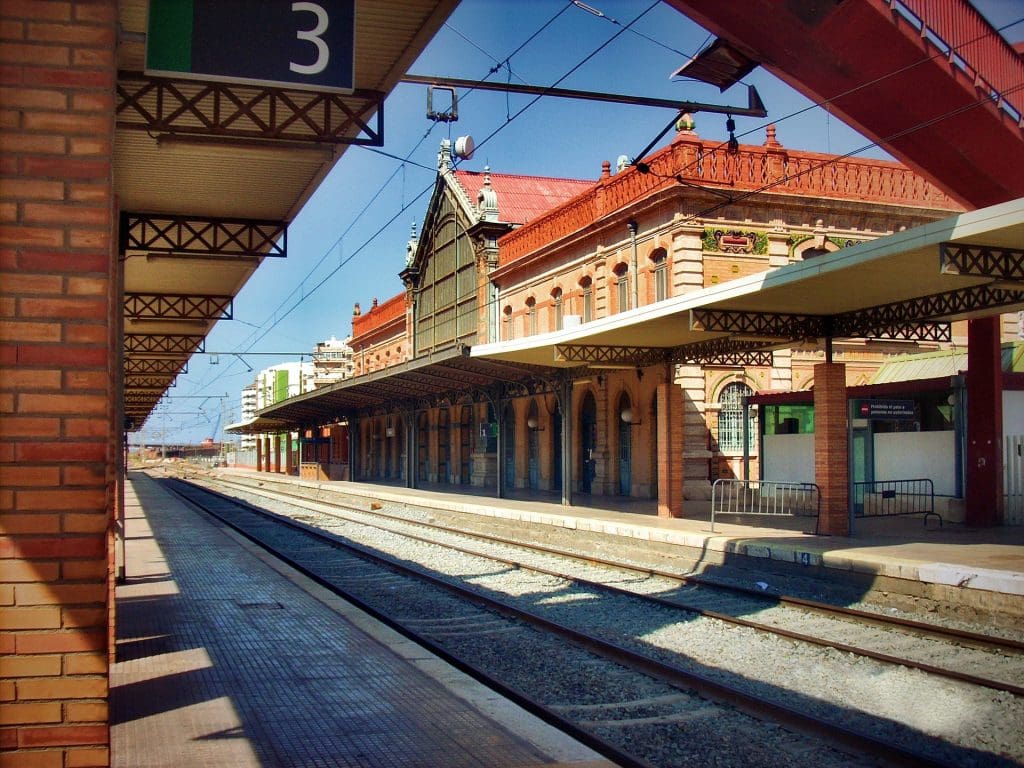
ChatGPT
In the 20th century, the region experienced a resurgence, surprisingly owing much of it to its desert climate. Local farmers initiated large-scale greenhouse food production, while successive film crews descended upon the desert to shoot productions of what are known as spaghetti westerns. Along with the region's successes, tourists began to arrive, appreciating the sunny beaches. To this day, methods for obtaining drinking water from seawater are perfected on solar farms, and research continues on the most optimal ways of harnessing solar energy. All of this has made Almería one of the richest regions of Andalusia.
The city itself is not a very popular tourist destination, but I encourage you to explore it. It is rich in a variety of attractions and beautiful architecture, including: Cathedral, the John Lennon monument (Where did it come from? Read here: Click Here), or museums such as the Museo de Almería - small in size, but with an extraordinary exhibition outlining the history of the region and the city.
The intersecting narrow streets with a rich offer of dozens of tapas bars, hotels, and shops are similar to other towns in Andalusia, but there is something unique about it, and knowing the history of the place makes it easier to feel its atmosphere.
Due to the presence of a university, the city attracts young people who give rhythm to the nightlife.
_
Be sure to taste some of the local specialties, such as: wine, olives, Spanish ham, cheeses, fresh fish, and seafood.
Flamenco
...is an essential part of a summer vacation. Be sure to visit one of the flamenco cultural centers and experience this crazy, hot rhythm. Excellent places to contemplate artistic performances are: El Morato Flamenco Centre, and El Taranto Flamenco Centre.
Places worth visiting:
- Centro de Interpretación Puerta de Almería (Muralla Califal) - archaeological museum
- For those interested in the topic of war, I recommend to visit Museo Refugio de la Guerra Civil - where you will learn about the history of the Spanish Civil War, which was also waged on these lands.
- Plaza de la Constitución - the city's oldest market squareClick to apply
In the souvenir shop, don't forget to buy a souvenir with the symbol of Almería - Indalo, and after a shopping spree, head to the seaside promenade, where you will certainly relax in one of the chiringuitos, a seaside restaurants.
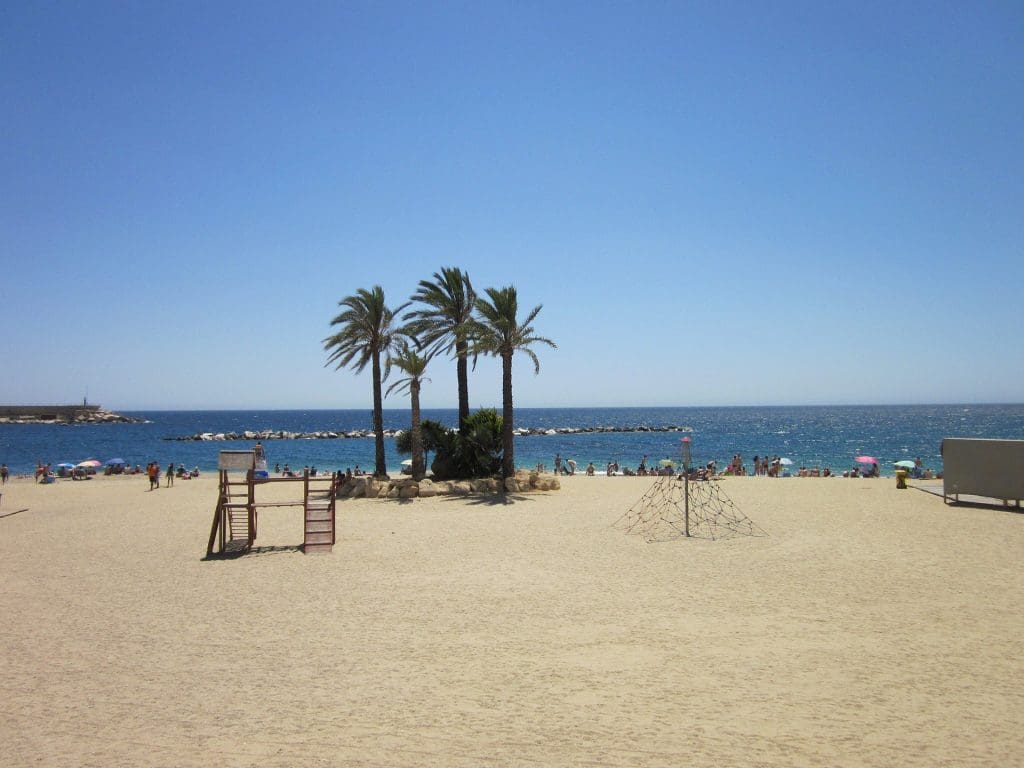
The territory of the province of Almería is a fascinating geotouristic attraction, not least because of the Cabo de Gata-Nijar park, located just under 30 km from the city of Almería, which is the largest (with an area of 460 km²) land-sea nature reserve in Western Europe.
The park is home to around 1100 species of animals, the majority of which are birds, such as flamingos, herons, cranes, ospreys, peregrine falcons, and eagles. Due to its values, resources, and extensive bird breeding grounds, Cabo de Gata was recognized by UNESCO as a biosphere reserve in 1997.
This place is a must-see!
How to become a gunfighter?

All you have to do is go to MiniHollywood in the Tabernas desert - the only real desert in Europe!
It is worth mentioning that it is precisely due to the proximity of this place that Almería has a dry and hot climate. Tabernas is one of the hottest places in Spain, with temperatures reaching 45 degrees Celsius!
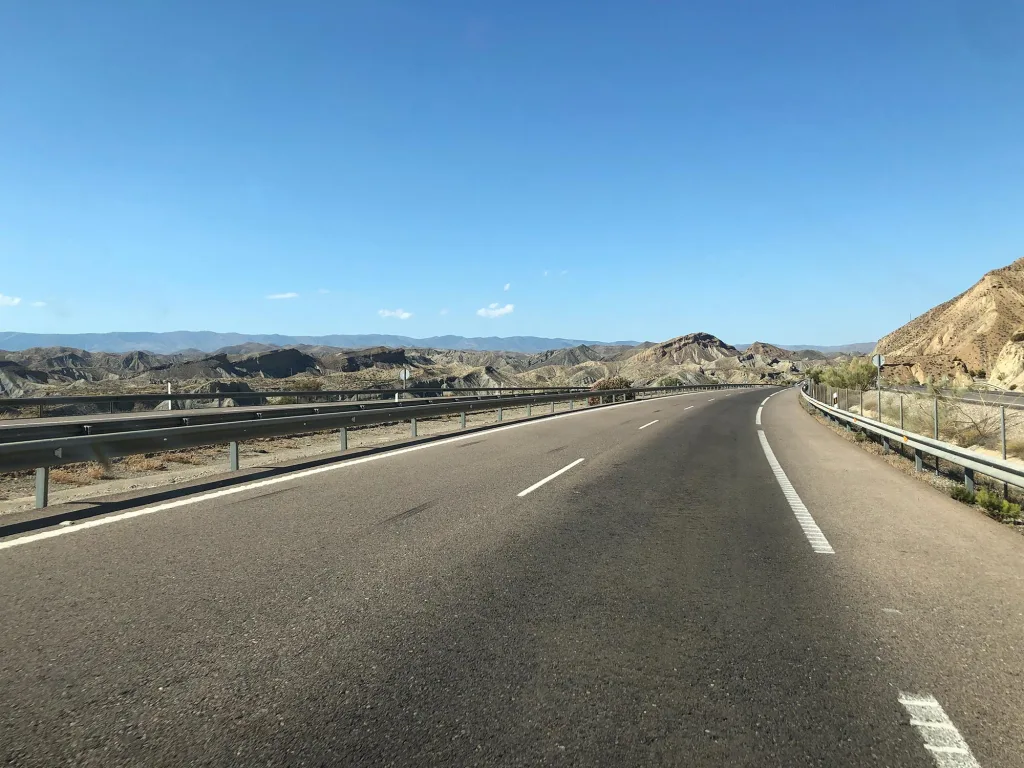
Jeśli myśleliście, że filmy “Za garść dolarów”, “Za kilka dolarów więcej”, “Dobry, zły i brzydki”, “Indiana Jones i ostatnia krucjata”, czy setki innych spaghetti westernów były kręcone w gorącej Arizonie, to jesteście w błędzie. Sceneria almerskiej pustyni do złudzenia przypomina pustkowia Arizony, a dzięki kompleksowi MinHollywood odbędziecie prawdziwą podróż na Dziki Zachód.
Miasteczko powstało w 1966 roku, z projektu współpracownika Sergio Leone, architekta Carlo Simi na potrzeby filmu z Clintem Eastwoodem “Za kilka dolarów więcej”. Setki holywoodzkich gwiazd pozostawiło ślady w tym miasteczku, m.in: Clint Eastwood, Brigitte Bardot, Anthony Quinn, Claudia Cardinale, Alain Delon, Sean Connery, Raquel Welch, Orson Wells, i wielu innych.
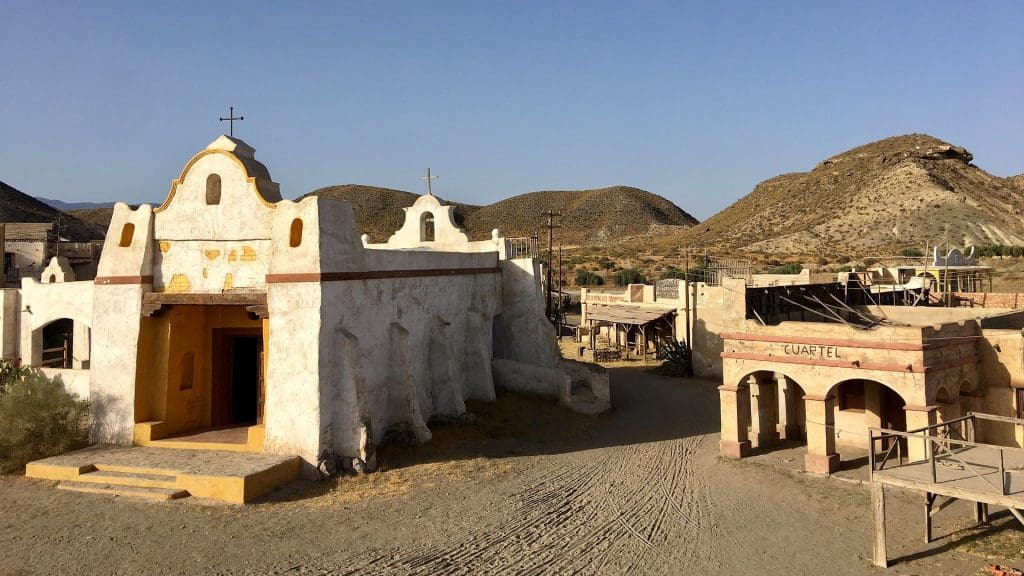
3 locations for those eager to play sheriff:
- Oasys Theme Park - is an attraction for the whole family, with a zoo, swimming pools, etc.
- Fort Bravo – zbudowany specjalnie na potrzeby filmu “Dobry, zły i brzydki” – jest doskonale zachowany i można odwiedzić tam rodem z Dzikiego Zachodu: saloon, bank, czy więzienie
- Western Leone - still serving as a film set. The whole thing makes for great entertainment for the whole family!
While exploring the monotonous and yet intriguing landscape of Tabernas, it is worth stopping by the Las Eras Antonio Gazquez restaurant to try their cuisine.
Interesting facts of the region
The walls of La Alcazaba and other places in Almeria have often become film backdrops. They are known from the frames of productions such as:
- Indiana Jones and the Last Crusade
- Lawrence from Arabia
- Conan the Barbarian
- The Game of Trones
- Piosenka “Strawberry fields forever” została skomponowana przez Johna Lennona podczas pobytu w Almerii. Na pamiątkę w centrum natkniemy się na posąg przedstawiający artystę. Więcej przeczytacie w osobnym wpisie Click Here
- It is interesting to note that in 1880 two Belgian archaeologists discovered Europe's oldest Copper Age settlement just outside the town
- The province of Almería is called "the garden of Europe". It is one of the largest greenhouse areas in the world. Plastic tunnels stretch to the horizon. They are not only found on the outskirts of the city, but throughout the province.
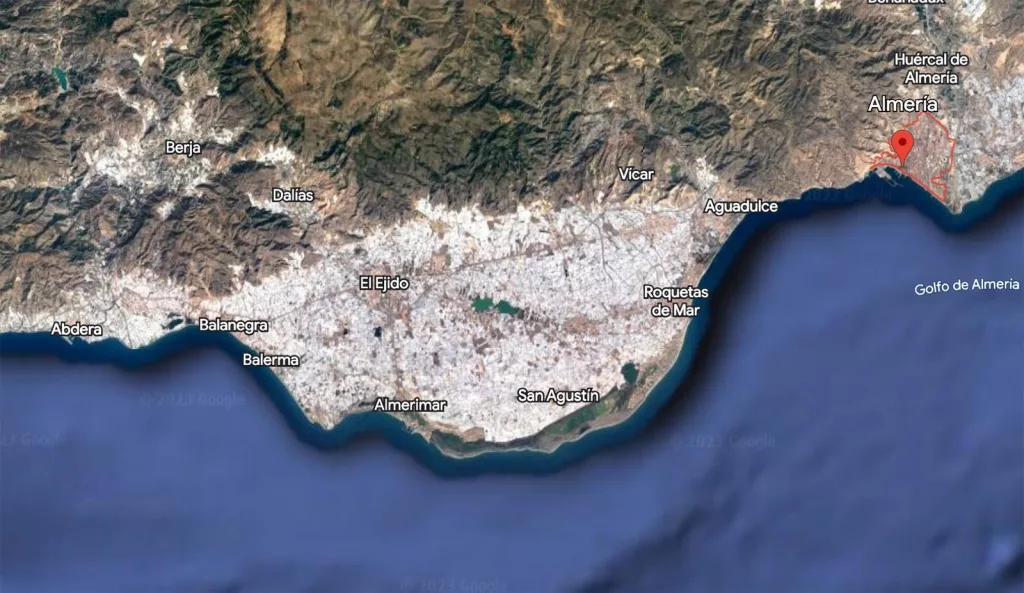
PS Te białe obszary wokół El Ejido, to szklarnie i wszystko co z tym związane… Bardzo dziwne miejsce… nie będę się rozpisywać może kiedyś wspomnę, dodam tylko, że jest to bardzo częsty cel nielegalnej imigracji w Europie… Te warzywa i owoce przecież ktoś musi zbierać… W hiszpańskiej telewizji jakiś czas temu emitowany był serial kryminalny “Mar de Plastico“, co oznacza morze plastiku, bardzo dobra produkcja…
Interesting cities near Almeria
- Roquetas del Mar - one of the largest holiday resorts.
- Almerimar - paradise for water sports fans. It is famous for its affordable rental accommodation right by the sea, and its attractive marina.
- San Jose - very pleasant atmosphere of a small coastal town
- Nijar - Andalusian town with enchanting beaches
- Mojácar - There is always a lot going on here, especially during the fiestas, known for its iconic Indalo
- Los Vélez - located in the mountains. I recommend a visit to the old castle
For cave and geology enthusiasts
In this area, the province of Almeria has a lot to offer. If you are a cave explorer and enjoy geology, I recommend visiting some of the following sites:
- Salt Travertines - desert salt deposits
- Cuevas de Sorbas - an attraction for cave explorers, Click Here for more information
- Rodalquilar (Cabo de Gata Natural Park) - old abandoned mines, a view familiar if only from the Indiana Jones and the Last Crusade
- Letreros Caves (Santa Maria - Los Vélez reserve) - you can admire the rock paintings from the Neolithic period - they have been declared a UNESCO World Heritage Site
- Cerro del Hoyazo - a small volcano near the town of Nijar
- Crystal cave (geode) in Pulpí - you can read more about it in the article National Geographic Poland
For Nature Enthusiasts and Adventurers
- Almeria is a birdwatcher's paradise - where to watch the birds, more information HERE
- Tabernas Desert
- Natural Park Sierra María-Los Vélez
- Natural Park Cabo de Gata-Níjar
- Sierra de los Filabres - an interesting mountain range
- Sierra Alhamilla - for the mountaineers
The most beautiful beaches of the province of Almeria
There are many of them, with special attention deserved by Playa de los Muertos near Carboneras. Other notable ones:
- Serena Beach (Roquetas de Mar)
- Monsul Beach (San Jose)
- El Playazo (Rodalquilar)
- Cala de Enmedio (Agua Amarga)
- Playa de Aguadulce (Aguadulce)
- Paseo de Almeria (Almería)
- Playa de los Genoveses, Playa San Miguel (Cabo de Gata)
Official Almeria's website Click Here
How to get there?
You can read about what to navigate in Andalusia - Click Here,
or use the form below 👇🏻🔆
Map with the most interesting sites in Almeria
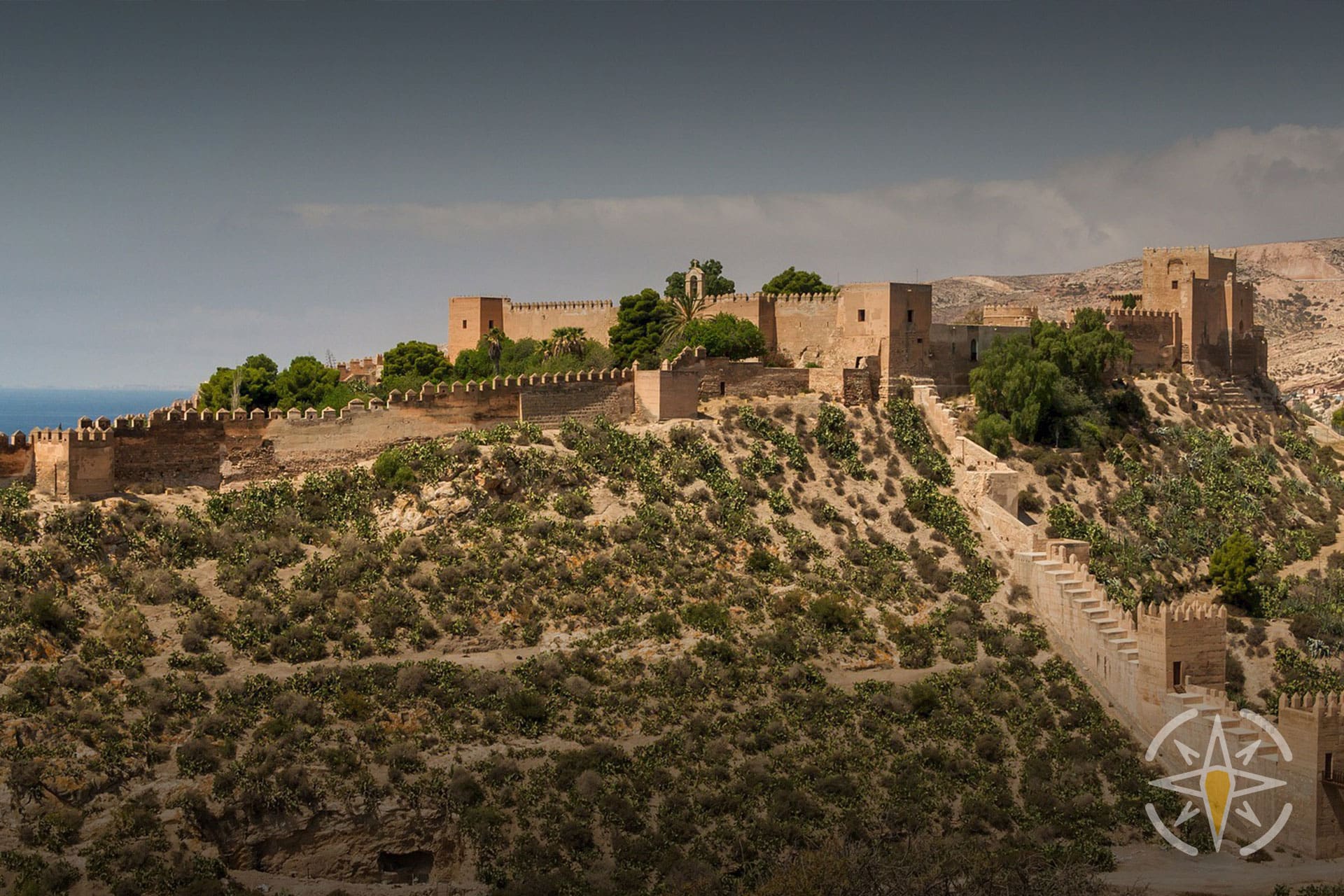
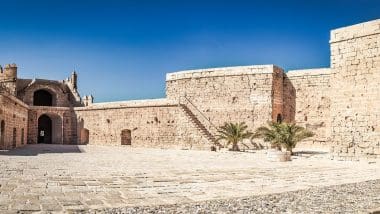
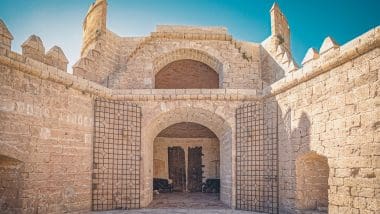
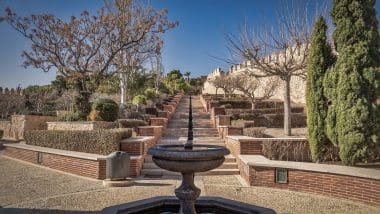
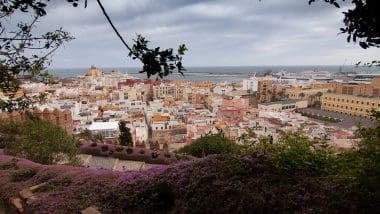
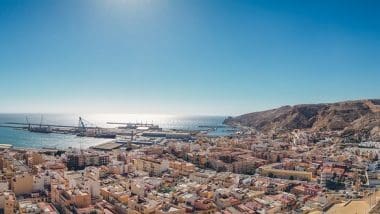
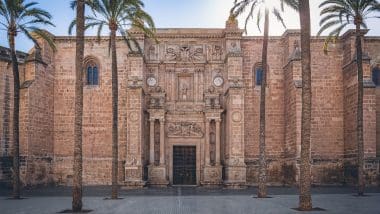
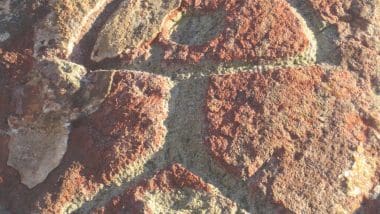
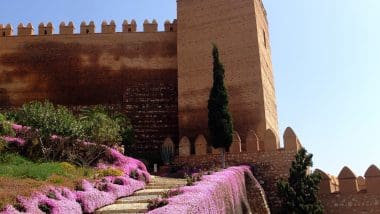
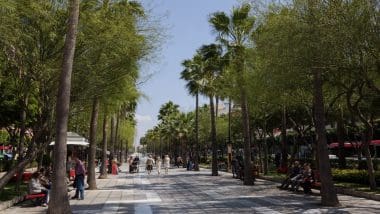
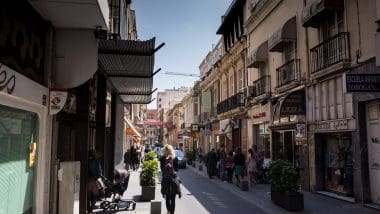
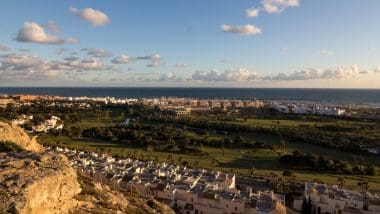
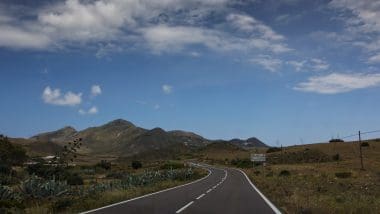
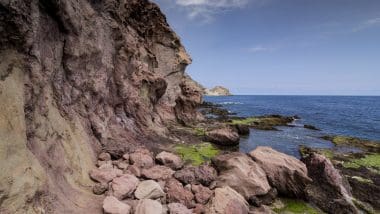
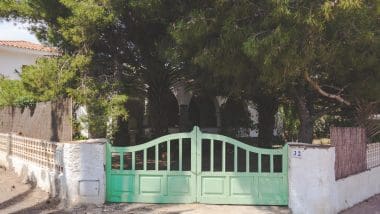
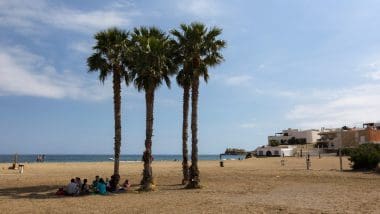
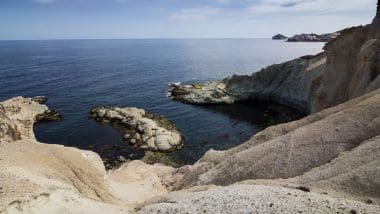
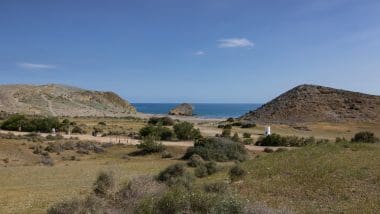
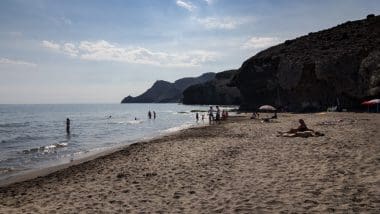
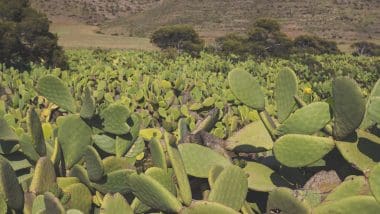
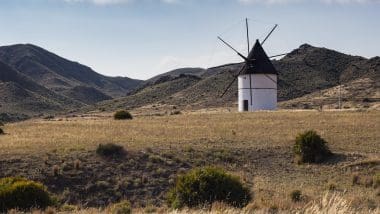
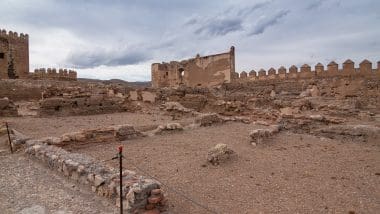
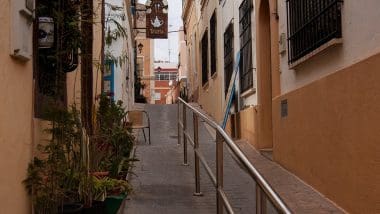
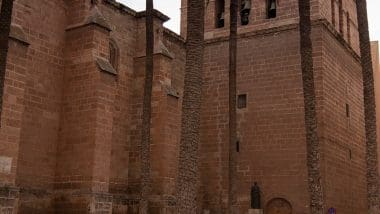
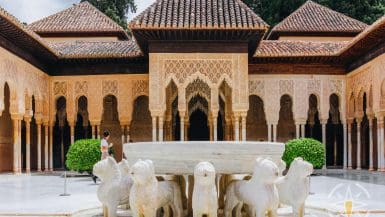
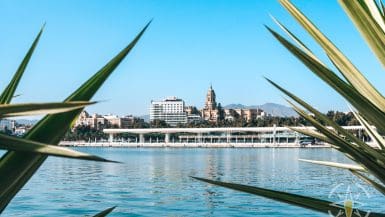
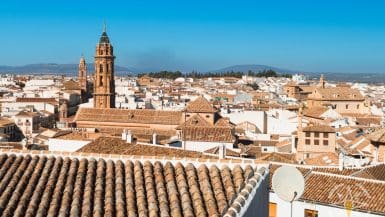
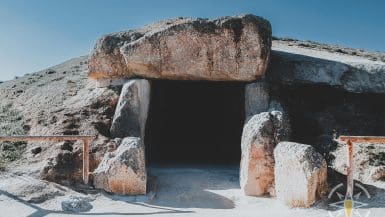
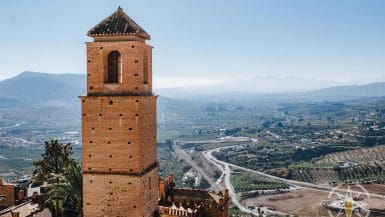
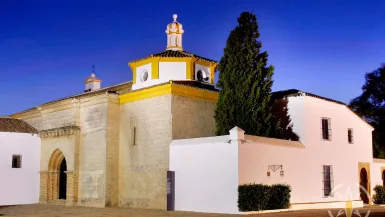
Hello there! This blog post couldn’t be written any better!
Going through this post reminds me of my previous roommate!
He always kept preaching about this. I am going to send this post to him.
Pretty sure he’s going to have a good read. Many thanks
for sharing!
Super opis , tych wszystkich pięknych miejsc. Ale jest jedna nieścisłość. Nijar- nie ma plaży. To miasteczko leży w górach.
Pozdrawiam serdecznie z Almerii🙂